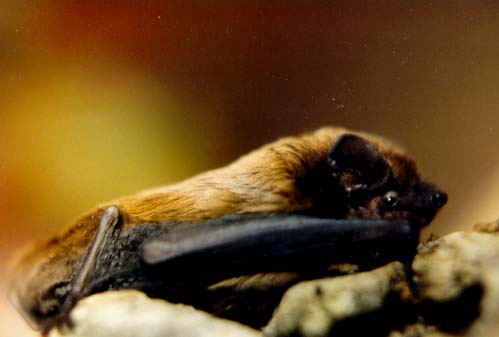Facts About Leisler's Bat
The lesser noctule, also known as Leisler's bat or the Irish bat, is a captivating insectivorous species from the Vespertilionidae family. Named in honor of naturalist Johann Philipp Achilles Leisler, this medium-sized bat is slightly smaller than the common noctule. It boasts distinctive features, including a dark face, ears, and wings, brown fur, and hairy undersides on its arms.
The species is distributed across Europe, western Asia, parts of Africa, and islands such as the Canary Islands, Madeira, and the Azores. Notably, in the Azores, it is sometimes regarded as a separate species.
Lesser noctules typically inhabit forests but are also comfortable in parklands and urban areas, where they frequently roost in buildings. They are uncommon in many regions but relatively abundant in Ireland, where they are the largest and third most common bat species.
Their diet primarily consists of flying insects, including moths and beetles. Adept fliers, these bats execute straight and rapid flights with shallow dives. They are most active around dusk and dawn, traveling up to 10 kilometers in search of food.
Breeding colonies of lesser noctules usually number between 20 to 50 bats, though some Irish colonies can exceed 1,000 individuals. Female bats typically give birth to one or two pups, with twins being more prevalent in the eastern regions of their habitat.
Lesser noctules employ echolocation to navigate and locate prey, with call frequencies ranging from 25 to 54 kHz. The calls have their peak energy at 29 kHz, and the average call duration is approximately 8.5 milliseconds.
However, the lesser noctule faces significant threats. Declines in large insect populations, loss of forest habitats, and exposure to toxic chemicals in treated timber pose risks to their survival. Effective conservation efforts must address these critical issues to ensure the species' continued existence.

 Gibraltar
Gibraltar